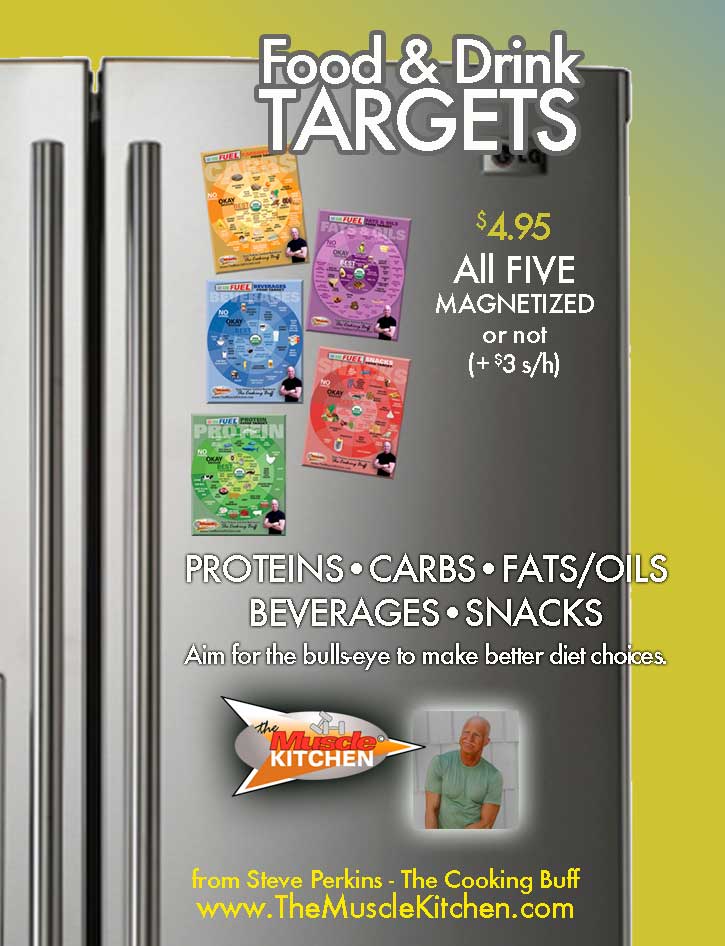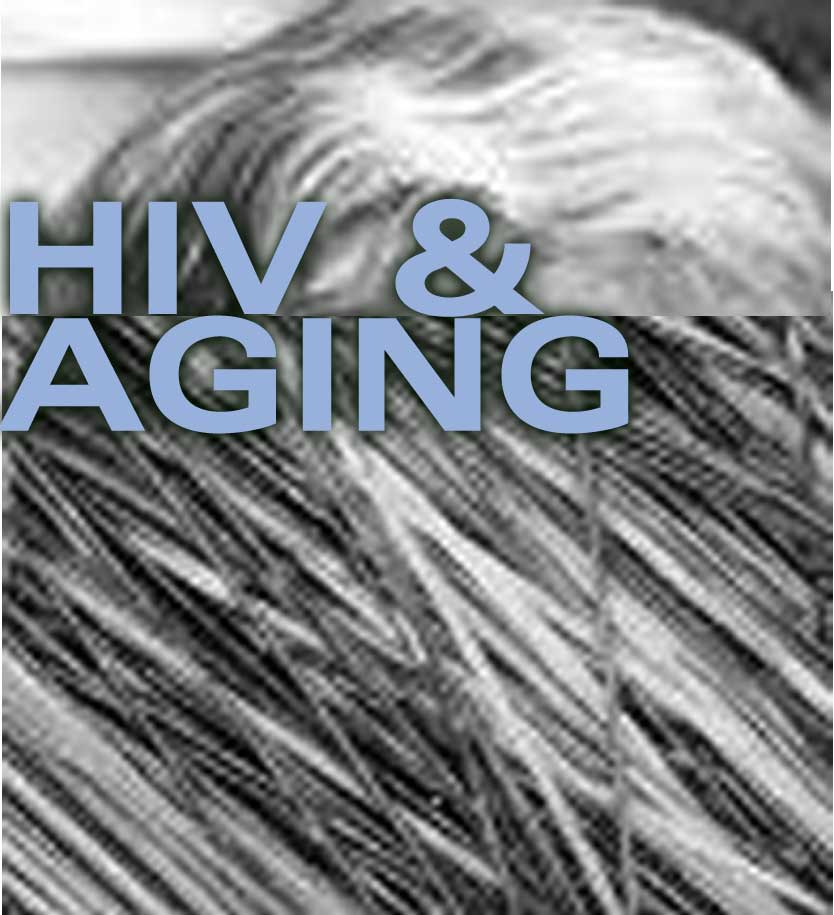

LIVING LONGER WITH HIV
No one 'back then' dreamed we'd be here today discussing these matters. But here we are, thank all the deities and those stalwart HIV activists who instrumented getting affordable medications into the mainstream. Thank you!
Now, paying it forward....
It is my responsiblity is to further that effort, to continue writing our history, to honor those we've lost to the disesae, the evolving medications and the medical system. We owe it to our fallen brothers and sisters to make our lives as rich, full and as vibrant as possible, to share it with others in need and reach out frequently; and never take an intentional backward step.
Awareness is everything, especially as we wizen (grow older).
BIG FACTORS
Younger Americans don't know much about HIV/AIDS compared to the elderly - how HIV is contracted, spread or prevented. They often don't use condoms and share needles. Yes, seniors can be sexually active! Because pregnancy is less of an issue, careless sex seems okay. FACT: The percentage of elderly men to women is 1 to 7 ... multiple partners seems eminent.
Most people across the board are in total denial. HIV can be a confusing illness to diagnose in the elderly: midleading hot flashes, night sweats, and depression are often assumed to be part of menopause, not HIV.HAART CAN BE RISKY AT AGE 50+
The immune system may already weakened by age, high blood pressure or heart disease and interactions with medications including HIV medications. Talking to a younger physician is often awkward for seniors. Harsh stigma by the younger generation for HIV+ seniors, embarassment, and being at likely risk for dementia (ADC) similar to Alzheimer's disease need to be scrutinized.DIARRHEA may be an issue. Eat fortified, minimally processed cereals and breads for their higher vitamin content and natural plant fiber. Better than wheat bread: sprouted cereals, rice bread and pasta, ancient grains, pita, wraps, bagels and tortillas may help since the fibers are 'live' and vibrant (contain more authentic life force). To help diarrhea: Eat fewer yeasted bread like products, bakery good .... substitue rice bread and pasta, go for more sprouted grain products: soy, wheat, barley, any grain, sprouted seeds in salads, all kinds.... Freshness 'personified.'
BLENDED OR EXTRACTED VEGETABLES can help add gentle partially broken fiber which may be difficult to digest and absorb in the raw solid state.
FRUIT can add fiber and hydration as well.
Do not overlook the need for hydration. You may not be as physically active now, but your organs still require lots more fluids, especially high alkaline drinking water than most people realize. Don't wait until you're thirsty to hydrate, then it's almost too late to have good effect.
A healthy BREAKFAST is even more important for the elderly than everyone else.
CALORIE INTAKE
100 to 2400 calories per day depending ondaily expenditures, needs and physical activitiesENERGY
Varies w/ weight and activity level. The general recommendation is 1800 to 2400 calories per day.PROTEIN
Needs vary based on the person's health status; adequate protein intake would be 1g per pound of body weight.FOLATE needs are heightened. Eat more cereals, deeply colored fruits and vegetables, Vitamin B6 (in whole grains, meat, fish and poultry)
VITAMIN B12
Mal-absorption of B12 is a huge issue; to compensate eat more eggs, chicken, lamb. Due to commonly low acidic condition and bacterial overgrowth, B12 supplementation is vital.VITAMIN C
100 mg/day: oranges, orange, juice, tomatoes, watermelon, broccoli, raw cabbageVITAMIN D may be prevalent because of low exposure to sunlight and lessening skin absorption.
Under 50 years of age = 500 mg/day; over 50 years of age = 1000 mg/dayWATER
Lack of adequate hydration contributes to health probelms and cognition. Water is a thermal buffer (steels the body against hypo- and hyperthermia). Drink water BEFORE you feel thirsty.EAT DARK LEAFY GREENS like spinach, orange and yellow vegetables like sweet potatoes and squash, and colorful fruit like strawberries and mangos that are more rich in Vitamins A and C and in folic acid. Other nutrient-dense choices are romaine lettuce rather than iceberg, and peaches, apricots, or nectarines rather than apples, celery, or cucumbers.
Raw is best, but lightly steaming greens works pretty well too if digestion is an issue.
OTHER FACTORS:
Sense of taste and dimenished olfactory function may affect what you like to eat. your chewing ability; ability to use utensils, difficulty swallowing can be factors. The physical environs: hospitalization alone can bring on mal-nourishment and loss of an already low appetite; then there's poor quality hospital food, and depression. Canned meals may help ('Boost,' 'Ensure,' 'Equate'), but they often contain cheap food sources and low quality sweeteners. There are other disease processes and medications to be considered.references:
Robert M. Russell, M.D., associate director of the Jean Mayer USDA Human Nutrition Research Center on Aging (HNRCA) at Tufts
PozHealth@yahoogroups.com
Geriatric Education Center, Peggy Smith, the College of Medicine, University of Florida
http://www.fao.org/docrep/005/y4168e/y4168e06.htm
www.FoodForLife.comwww.thebody.com
Copyright © 2005-2021 The Muscle Kitchen. All Rights Reserved.
DISCLAIMER | PRIVACY NOTICE | SHOP | SITE MAP | CONTACT

